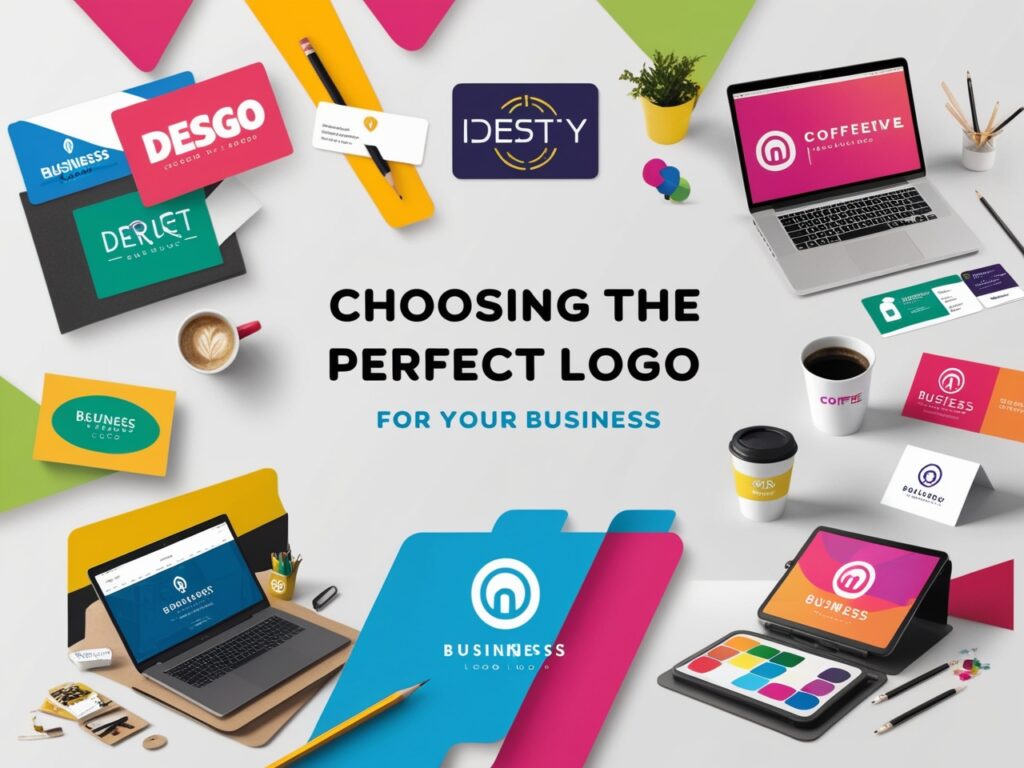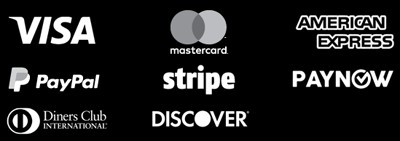 #
#
How to Choose a Perfect Logo for Your Business #
Choosing the right logo for your business is more than just picking a symbol or a font—it’s about creating a visual representation of your brand that communicates who you are and what you stand for. A well-designed logo can build trust, establish brand identity, and make your business instantly recognizable. But with so many options and design elements to consider, it can feel overwhelming to know where to start. Don’t worry! In this guide, we’ll walk you through everything you need to consider when selecting the perfect logo for your business.
1. Understand Your Brand Identity #
Before you even start thinking about colors and fonts, take a step back and think about your brand’s identity. Ask yourself:
- What does my business stand for?
- What are my brand values?
- Who is my target audience?
Understanding your brand identity will help you choose a logo that aligns with your business’s core message. For instance, a law firm would want a logo that communicates professionalism and trust, whereas a children’s toy company would benefit from a fun, playful design.
Tip: Write down three to five adjectives that describe your brand (e.g., modern, innovative, trustworthy) and use them as a guide throughout the design process.
2. Know the Different Types of Logos #
There are several types of logos, and each style has its own unique strength. Choosing the right type depends on how you want to represent your business:
- Wordmark (Text Logo): These are typography-based logos that focus on the company name, like Google or Coca-Cola. This style works well for businesses with unique names.
- Lettermark (Initial Logo): Use abbreviations or initials instead of the full business name, like IBM or HBO. This is great for companies with lengthy names.
- Iconic/Symbolic Logo: A visual symbol or icon that represents the company, such as Apple’s apple or Twitter’s bird. This is a versatile option for global recognition.
- Combination Logo: Combines text and an icon, like Adidas or Burger King. This type is flexible and provides a strong visual identity.
Tip: If you’re a new business, a combination logo might be a good starting point. You can always transition to just a symbol later, once your brand is more established.
3. Choose Colors Wisely #
Colors play a crucial role in evoking emotions and conveying messages. Each color has its own meaning, and the right palette can make your logo stand out.
- Red: Passion, energy, and excitement (e.g., Coca-Cola, Netflix).
- Blue: Trust, stability, and calmness (e.g., Facebook, IBM).
- Green: Growth, health, and tranquility (e.g., Starbucks, Whole Foods).
- Yellow: Happiness, optimism, and warmth (e.g., McDonald’s, IKEA).
Consider how your color choices will appear in different mediums, such as online, in print, and on merchandise. Try to stick to two or three primary colors to avoid an overly complicated look.
Tip: Use online tools like Coolors.co to generate complementary color palettes.
4. Pick the Right Font #
The font you choose can say a lot about your brand. A serif font (like Times New Roman) conveys a traditional, professional vibe, while sans-serif fonts (like Helvetica) are modern and clean. Script or handwritten fonts are more personal and can give your brand a creative, high-end feel.
- Serif Fonts: Classic, trustworthy (e.g., Times New Roman)
- Sans-Serif Fonts: Modern, clean (e.g., Arial, Helvetica)
- Script Fonts: Elegant, creative (e.g., Pacifico, Lobster)
Make sure the font is legible in different sizes and across different mediums. Test it out on everything from business cards to billboards to ensure it scales well.
Tip: If you’re using more than one font, limit it to two. Too many fonts can make your logo look cluttered and unprofessional.
5. Think About Scalability and Versatility #
Your logo should look good whether it’s on a business card, a billboard, or a mobile app. This means it should be:
- Scalable: Your logo should not lose its quality when resized.
- Versatile: It should work in black and white, as well as color.
Create multiple versions of your logo to accommodate different uses: a full-color version, a monochrome version, and a simplified icon. This way, you can ensure your brand is consistent across all platforms.
Tip: Test your logo in both horizontal and vertical formats to see which works best for various applications.
6. Keep It Simple and Timeless #
While it might be tempting to add lots of elements to your logo, simplicity is key. A cluttered logo is harder to recognize and less memorable. Think of iconic logos like Nike’s swoosh or Apple’s apple—they are simple yet effective.
Additionally, aim for a design that can stand the test of time. Avoid using overly trendy elements that might make your logo look outdated in a few years.
Tip: When in doubt, show your logo to a few people outside your business and ask for feedback. If they can easily describe it and remember it after a quick glance, you’re on the right track.
7. Get Professional Help If Needed #
While there are many DIY logo design tools available, it’s worth investing in a professional designer if your budget allows. A professional can help bring your vision to life and ensure that your logo meets all the technical requirements for printing and digital use.
Tip: If you’re working with a designer, provide a clear brief with your brand’s adjectives, preferred styles, colors, and any other specifics. The clearer your direction, the better the outcome.
Conclusion #
Your logo is the face of your brand, and choosing the right design can set the tone for your business’s success. By understanding your brand identity, exploring different logo types, selecting the right colors and fonts, and keeping scalability in mind, you can create a logo that not only looks good but also effectively communicates your brand’s values.
Take your time, experiment, and most importantly, have fun with the process! Your logo is a chance to express your brand’s personality, so make it count.
Resources #
Explore our curated list of recommended resources for printing, design, and free media assets. Whether you need professional printing services, free design templates, or royalty-free photos for your next project, these reliable sites have you covered.
1. Printing & Design #
- Printing Inc.
Description: Singapore-based online printing service offering a variety of print products such as business cards, flyers, brochures, and custom stickers with professional design services. - Namecards Inc.
Description: Specialist in name card printing, providing a wide range of custom designs, finishes, and materials for high-quality business cards. - Kian Hong Press
Description: Established corporate printing company in Singapore, offering solutions for brochures, catalogs, annual reports, and other corporate stationery.
2. Free Design Templates #
- Canva
Description: Offers a wide range of free and customizable templates for various needs, including presentations, posters, social media, and marketing materials. - FreePik
Description: Provides thousands of free and premium templates for brochures, flyers, business cards, and more, along with editable vector illustrations and graphics. - Piktochart
Description: Focused on data visualization and professional templates for infographics, posters, presentations, and reports, with both free and premium options.
3. Free Royalty-Free Photos #
- Pexels
Description: Offers high-quality, free stock photos and videos shared by talented creators for commercial and personal use without attribution. - Unsplash
Description: A large collection of beautiful, high-resolution images contributed by photographers worldwide, available for free use in any project. - Pixabay
Description: A community-driven platform offering copyright-free photos, illustrations, and videos for use in any creative project, with no licensing restrictions.





